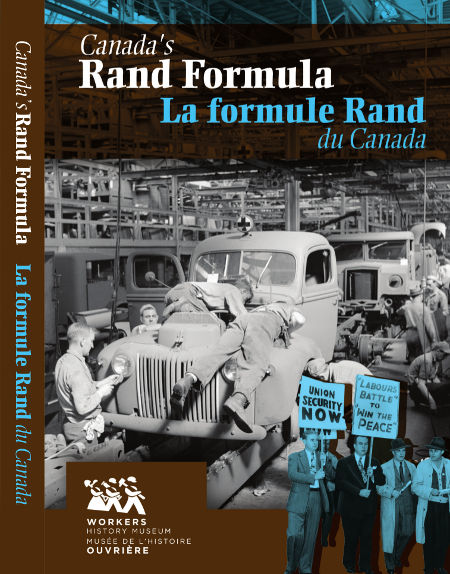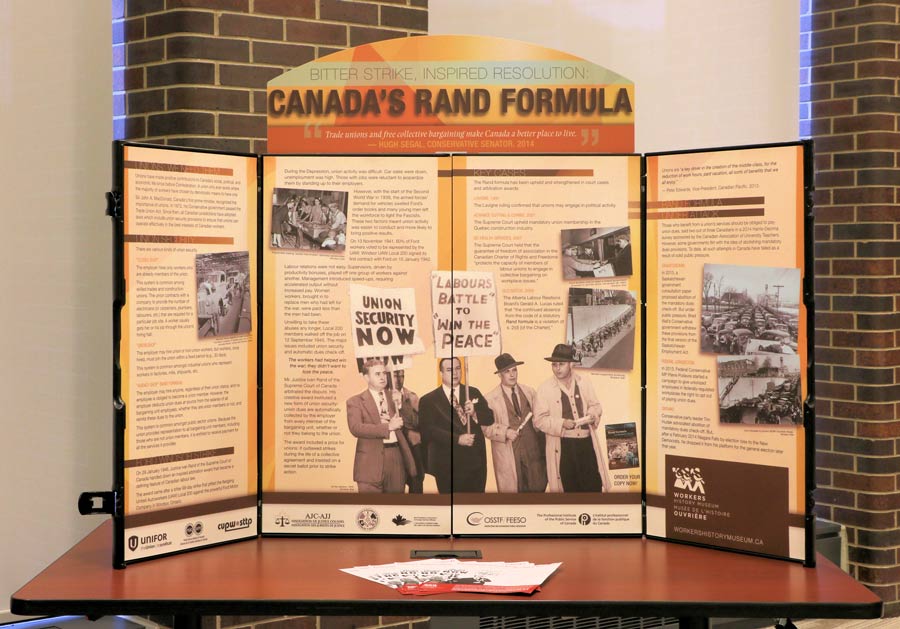Canada’s Rand Formula
This documentary video covers the historic compromise in 1946 that ended a 99-day strike by the United Auto Workers Local 200 in Windsor, ON. Mr Justice Ivan Rand of the Supreme Court of Canada arbitrated the dispute. His creative award instituted a new form of union security: union dues are collected from every member of the bargaining unit whether or not they belong to the union when a majority have voted to join the union.
This award included a price for unions: it outlawed strikes during the life of a collective agreement and insisted on a secret ballot prior to strike action.
This documentary traces the evolution of this uniquely Canadian approach, generally known as the Rand Formula, to modern Canadian Labour law.

— Hugh Segal, Conservative Senator. 2014

Unions have made positive contributions to Canada’s social, political, and economic life since before Confederation. A union only ever exists where the majority of workers have chosen by democratic means to have one.
Sir John A. Macdonald, Canada’s first prime minister, recognized the importance of unions. In 1872, his Conservative government passed the Trade Union Act. Since then, all Canadian jurisdictions have adopted laws which include union security provisions to ensure that unions can operate effectively in the best interests of Canadian workers.
On 29 January 1946, Justice Ivan Rand of the Supreme Court of Canada handed down an inspired arbitration award that became a defining feature of Canadian labour law.
Those who benefit from a union’s services should be obliged to pay union dues, said two out of three Canadians in a 2014 Harris-Decima survey sponsored by the Canadian Association of University Teachers. However, some governments flirt with the idea of abolishing mandatory dues provisions. To date, all such attempts in Canada have failed as a result of solid public pressure
